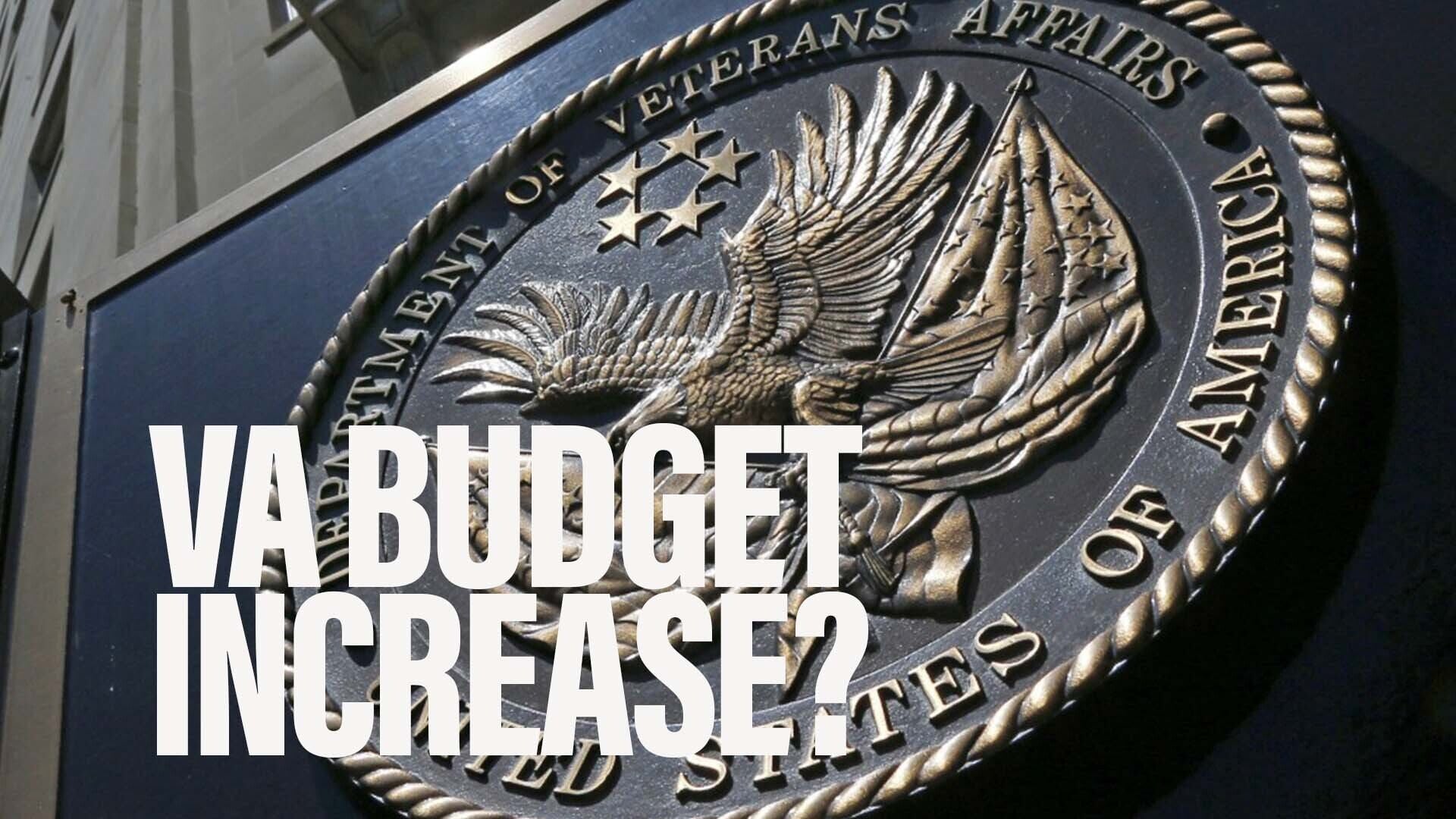WASHINGTON — Lockheed Martin is considering whether it has a plane in its inventory that can meet the U.S. Air Force's nascent light attack aircraft requirement, but may subvert expectations by not offering the T-50, a top company executive tells Defense News.
Orlando Carvalho, executive vice-president of Lockheed's aeronautics business, said the company is weighing its options with the recently-released solicitation for a light-attack platform, but indicated a variant of its T-50A trainer design is not currently in the running.
The T-50A is a version of the Korean Aerospace Industries T-50 trainer, modified by Lockheed to meet the requirements of the U.S. Air Force's T-X trainer replacement competition. But KAI already sells a light-attack version of the T-50A, marketed as the FA-50. That plane is in use by both the Iraqi and Philippine air forces, which would seem to provide an easy option for Lockheed to offer.
Carvalho said he hasn't had time to closely study the requirements that were laid out by the Air Force last week for its light attack aircraft experiment. But asked if a variant of the T-50 is being considered as an option, Carvalho said, "the short answer on that specific question is 'no.'"
Instead, the company is still weighing its options, with Carvalho hinting that a solution may come not from the fixed-wing side of the company but rather from its rotary and mission systems business.
The Air Force is contemplating a buy of light attack planes to help alleviate strains on its combat aircraft inventory, which has been engaged in the Middle East for over a decade. Service officials believe inexpensive, less-advanced planes could accomplish those missions at lower cost, and are banking on a flight demonstration this summer at Holloman Air Force Base, N.M., to help prove whether there is a business case for creating an OA-X program of record.
According to an invitation to industry released last week, the Air Force plans to choose up to four companies to bring non-developmental, low-cost, multi-role aircraft to Holloman for a capability assessment. Over a period of four to six weeks, it will test each plane's "basic aerodynamic performance" as well as its weapons, sensors and communications capability.
"We're going to want them to bring us a couple of aircraft that are near ready to go, as off-the-shelf as they can, so that we can fly them, we can do all of those things to see how they perform and see what the art of the possible is," Lt. Gen. Arnold Bunch, the service's top uniformed acquisition official, said Wednesday.
"Part of what they've got to put in, though, is going to be how much would it cost to procure, what would it cost to maintain, and estimates in all of these areas so that we can analyze that before we go forward."
While the Invitation to Participate states that the experiment will be limited to up to four companies with one or two offerings each, Bunch acknowledged that could change depending on industry response to the ITP. However, an expansion to the experiment could push the experiment to a later date.
"If there are more [companies] and we need to look at it, we can. But it will drive the schedule," he said. "And we'll see what the numbers come in at. If we come in, and a whole bunch of people meet it, and we need to go more, then we'll look at it and we'll decide if we need to go more."
OA-X requirements will undoubtedly be refined if the Air Force presses on with a program of record, but the invitation included some specifications for participants in the flight exercise.
The aircraft should be able to fire MK81 and MK 82 bombs, 70mm Hydra rockets and a .50 caliber gun, as well as laser-guided and potentially GPS-guided munitions. While configured with a gun and electro-optical, infrared (EO/IR) suite, it must be able to carry at least two 500-pound munitions. Its EO/IR system must be able to track stationary and moving targets in clear weather during day and nighttime conditions.
High availability is also an essential characteristic. The planes must support an operations tempo of at least 900 flight hours annually over a ten-year period, according to the solicitation.
Textron officials told Defense News last week that they plan to offer two aircraft for the light attack demo: Textron AirLand’s Scorpion jet and Beechcraft’s AT-6. Embraer’s A-29 Super Tucano turboprop, which was purchased by the Pentagon for the Afghan air force, is also considered a likely contender.
Aaron Mehta was deputy editor and senior Pentagon correspondent for Defense News, covering policy, strategy and acquisition at the highest levels of the Defense Department and its international partners.
Valerie Insinna is Defense News' air warfare reporter. She previously worked the Navy/congressional beats for Defense Daily, which followed almost three years as a staff writer for National Defense Magazine. Prior to that, she worked as an editorial assistant for the Tokyo Shimbun’s Washington bureau.







